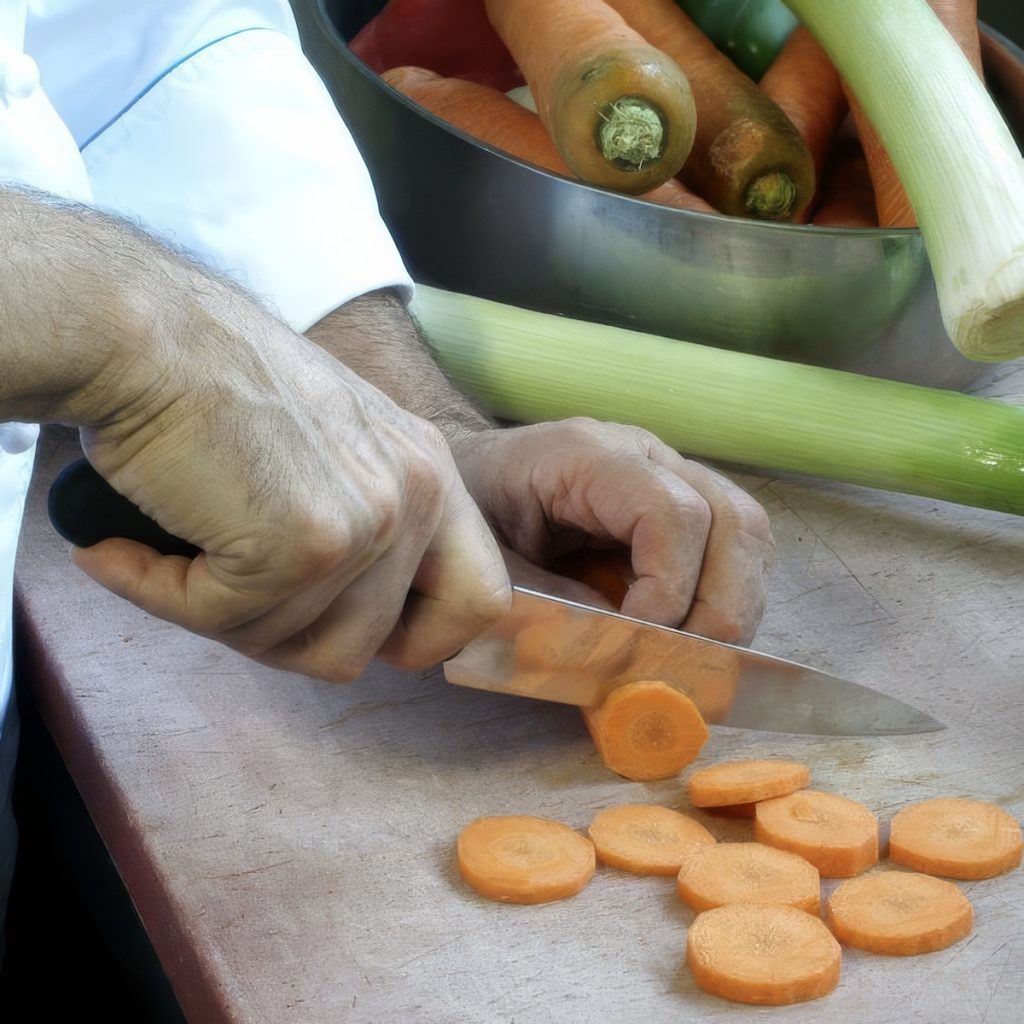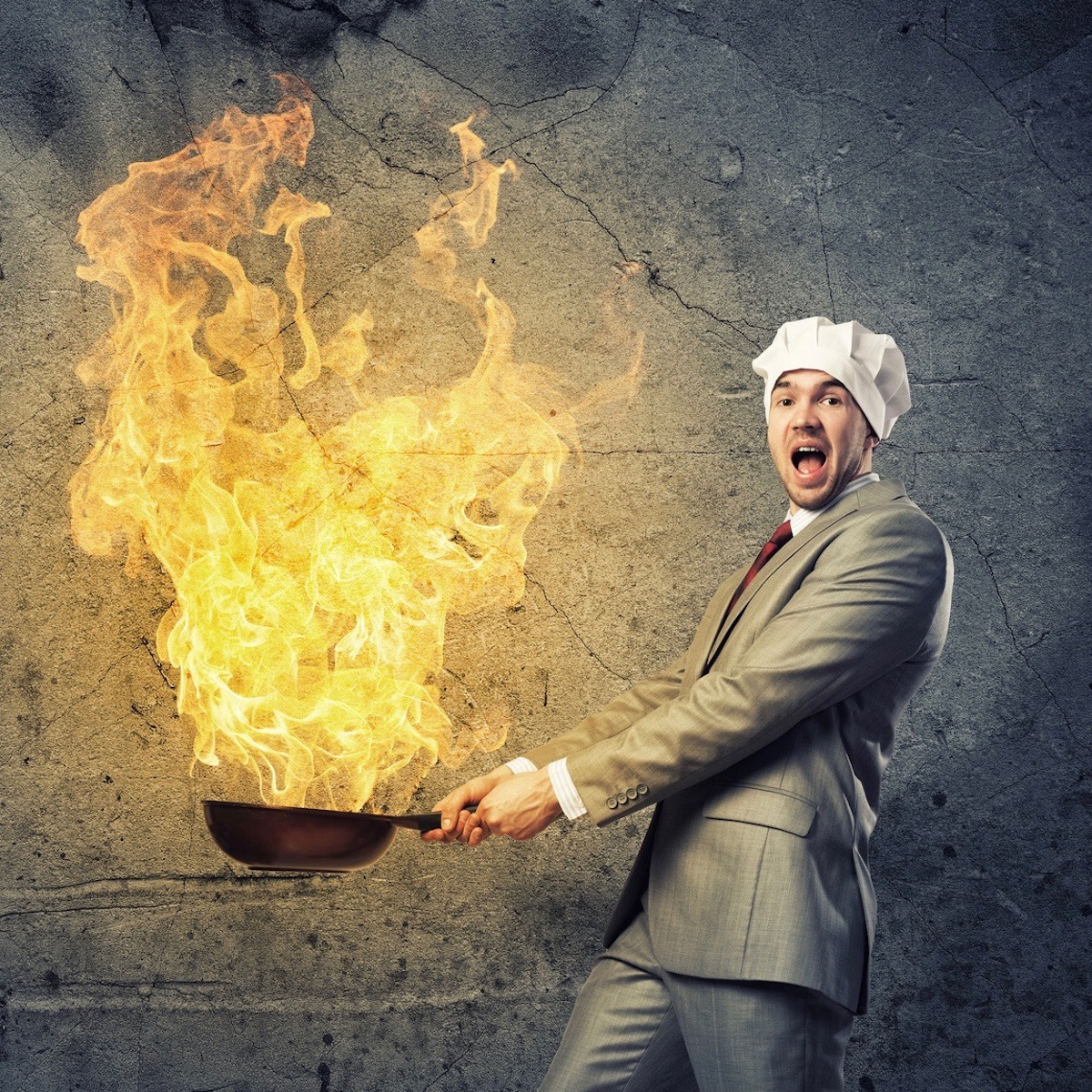A Look at a Day in the Life of a Chef
Ever wondered what it’s like to work behind the scenes in a bustling kitchen? A day in the life of a chef is filled with a blend of artistry, precision, and high-energy activity. From early morning prep to late-night service, the role of a chef involves much more than just cooking. It’s about managing a team, maintaining a smooth workflow, and delivering exceptional dishes under pressure.
In this post, I’ll take you through a typical day in the life of a chef, providing an inside look at the various tasks and challenges faced in the culinary world. You’ll discover the rhythm of a kitchen, from the quiet moments of preparation to the intense rush of service. We’ll explore the creative process behind menu planning, the meticulous attention to detail required in plating, and the leadership skills essential for running a successful kitchen.
Whether you’re considering a culinary career or simply curious about a chef’s life, this glimpse into a chef’s daily routine will give you a deeper appreciation for the dedication and passion that drive this dynamic profession. Join us as we dive into the exhilarating world of cooking and uncover what it truly means to be a chef.
Tasks and Challenges
A chef’s daily routine involves a wide range of tasks and challenges, including:
- Menu Planning: Creating and updating menus, considering seasonal ingredients, and balancing customer preferences with cost and availability.
- Food Preparation: Overseeing the preparation of ingredients, including chopping, marinating, and cooking, to ensure dishes meet quality and taste standards.
- Cooking and Plating: Preparing and cooking dishes according to recipes, ensuring consistency, and presenting plates aesthetically pleasing.
- Quality Control: Tasting dishes and inspecting ingredients to maintain high standards of taste and quality.
- Kitchen Management: Supervising kitchen staff, assigning tasks, and ensuring efficient workflow to maintain a smooth operation.
- Inventory Management: Monitoring stock levels, ordering supplies, and managing inventory to minimize waste and control costs.
- Health and Safety Compliance: Ensuring that food safety standards and hygiene practices are strictly followed to prevent contamination and ensure customer safety.
- Customer Interaction: Engaging with customers, addressing feedback or complaints, and accommodating special dietary requests.
- Problem-Solving: Handling unexpected issues such as equipment malfunctions, staff shortages, or supply chain disruptions.
- Training and Development: Coaching and training junior staff, fostering their growth, and maintaining a skilled and motivated team.
- Administrative Tasks: Managing budgets, reviewing financial reports, and handling other administrative duties related to the kitchen’s operation.
- Stress Management: Maintaining composure and efficiency under pressure, particularly during peak service or high-stress situations.
From Quiet to Chaos
A chef’s day in the kitchen often transitions from a calm, orderly environment to a whirlwind of activity, reflecting the rhythm of a busy service. Here’s how this transformation typically unfolds:
Morning Prep: The day begins with a quiet and organized atmosphere. Chefs and kitchen staff arrive early in the morning to start prep work. This phase is methodical and controlled, focusing on tasks like chopping vegetables, marinating meats, and preparing sauces. The calm is punctuated by the steady hum of kitchen equipment and the occasional conversation as everyone works together to prepare for the day.
Midday Rush: As the lunch service approaches, the kitchen starts to buzz with increased activity. Orders begin to come in, and the team shifts gears from prep work to executing dishes. The once-calm environment shows signs of strain as chefs focus on cooking, plating, and coordinating with front-of-house staff. The kitchen rhythm picks up, with heightened energy and a sense of urgency, as dishes are sent out to meet customers’ expectations.
Evening Chaos: By dinner service, the kitchen is in full swing. The once-quiet workspace transforms into a high-intensity environment. Orders come in rapidly, and the pace of cooking accelerates. The kitchen is filled with sizzling pans, clattering utensils, and the voices of chefs and line cooks communicating in a symphony of organized chaos. Managing multiple orders, maintaining quality, and handling any arising issues demand exceptional focus and teamwork.
Late-Night Wind Down: As service winds down, the chaos gradually subsides. The kitchen staff begins cleaning, restocking, and preparing for the next day. The once-hectic environment returns to a quieter, more reflective state as the team reviews the day’s performance and tackles any remaining tasks.
This transition from calm to chaos and back is a defining characteristic of a chef’s day, showcasing the dynamic nature of working in a professional kitchen.















